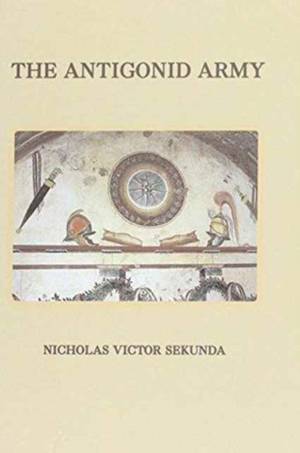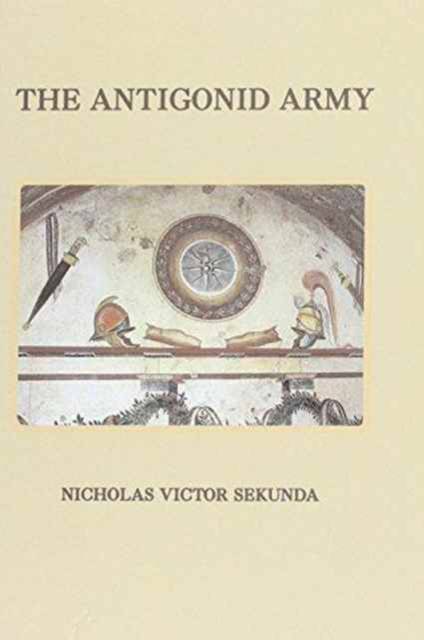
Je cadeautjes zeker op tijd in huis hebben voor de feestdagen? Kom langs in onze winkels en vind het perfecte geschenk!
- Afhalen na 1 uur in een winkel met voorraad
- Gratis thuislevering in België vanaf € 30
- Ruim aanbod met 7 miljoen producten
Je cadeautjes zeker op tijd in huis hebben voor de feestdagen? Kom langs in onze winkels en vind het perfecte geschenk!
- Afhalen na 1 uur in een winkel met voorraad
- Gratis thuislevering in België vanaf € 30
- Ruim aanbod met 7 miljoen producten
Zoeken
€ 48,95
+ 97 punten
Omschrijving
This book deals with the Macedonian army under the Antigonid dynasty, who ruled Macedon from 294 BC until 168 BC. The representational evidence is mainly dealt with in the first two chapters. Chapter 1 deals with the Tomb of Lyson and Kallikles, and Chapter 2 with the survival of some Antigonid Court art in Roman copies. The rest of the book deals with the literary and epigraphic material relating to the army. Chapter 3 deals with Army Command and Staff, Chapter 4 with the Cavalry, Chapter 5 with Infantry Equipment and Chapter 6 with Infantry Organization. Chapter 7 deals with the Mobilization of the army, and so, necessarily with the way the kingdom of Macedonia was organized. The final Chapter 8 is concerned with the evidence for the leukaspides phalanx in the Antigonid army. The leukaspides are only mentioned twice in an Antigonid context, at the battles of Sellasia and Pydna, and the author reaches the controversial conclusion is that the references refer to allied forces of thureophoroi during the two battles. In the course of this chapter the author attempts a new reconstruction of the battle of Pydna. The book neither deals with artillery nor naval matters.
Specificaties
Betrokkenen
- Auteur(s):
- Uitgeverij:
Inhoud
- Aantal bladzijden:
- 131
- Taal:
- Engels
- Reeks:
- Reeksnummer:
- nr. 8
Eigenschappen
- Productcode (EAN):
- 9788375312669
- Verschijningsdatum:
- 31/12/2013
- Uitvoering:
- Hardcover
- Formaat:
- Genaaid
- Afmetingen:
- 167 mm x 242 mm
- Gewicht:
- 374 g

Alleen bij Standaard Boekhandel
+ 97 punten op je klantenkaart van Standaard Boekhandel
Beoordelingen
We publiceren alleen reviews die voldoen aan de voorwaarden voor reviews. Bekijk onze voorwaarden voor reviews.









